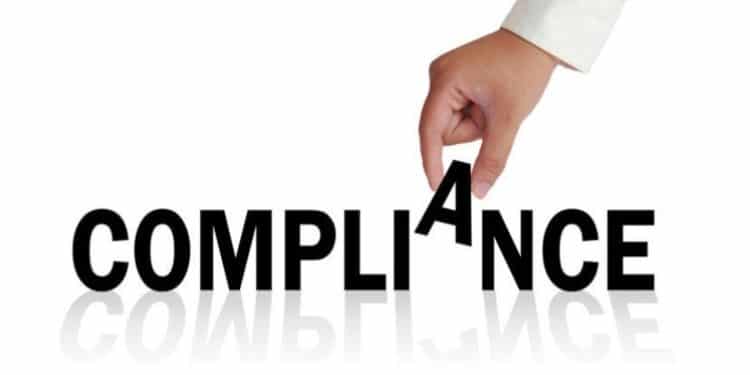The term ‘compliance’ comes from the English ‘compliance’ – ‘compliance’. We are talking about a compliance system with the most diverse requirements of various state and public regulators that regulate markets regarding products, services, and the company’s relationship with consumers and the state. Thus, they encourage companies to course authoring tools for their financial and economic activities, considering these requirements and rules. A Compliance Management System (CMS) consists of a comprehensive integration of records, processes, tools, internal controls, and features that make it easier for institutions to comply with regulatory and legal conditions. CMS also minimises harm to consumers as it enforces the law.
What Makes Up a Compliance Management System?
Main areas of compliance:
- Creation of corporate ethics – this is a documented set of rules for employees, which is aimed at all areas of activity and departments of the company.
- Settlement of conflicts – to do this, create a document indicating how to act in each situation.
- Anti-corruption – this direction is necessary to separate the concepts of ‘gift’ and ‘bribe’. After all, even a harmless little gift can bring trouble and cause a conflict of interest.
- Privacy Policy – the norm of working with clients’ personal data is being formed; the most important thing is the non-disclosure of personal data.
- Control over purchases of securities – it is about preventing employees’ purchasing of securities and other exchange activity if this is contrary to the company’s interests in a given period.
Which elements belong to a Compliance Management System?
Compliance risk analysis is the starting point of any type of compliance program. Risks are recorded and analysed here to build a compliance program tailored to the company based on the results.
An effective CMS has three essential elements:
- board and management oversight;
- the compliance program itself;
- the audit of compliance.
Why you need an effective CMS
The Compliance Management System is the central place where all data is held, managed, and shared among stakeholders. Organisations can refine and restrict access to data for employees, ensuring that certain members of the organisation have access to the intended information they are entitled to and the best e-learning tools.
In big companies with multi-departmental systems, proper information dissemination provides efficient workflows and eliminates disputes over the misuse of information.
One of the main reasons is simply because you have to. Violation of the compliance rules may result in legal penalties, including fines. Incorporating CMS into daily routines can minimise the risk of disruption.
Just as we have minimal influence on changes and developments in foreign policy norms, the very nature of the internal structure of a business is constantly changing for better or worse. Compliance with these changes should be the focus of all companies’ organisational roles.
Compliance-risk analysis
The key to managing these risks is establishing controls that confirm that the organisation is meeting its internal and external requirements on an ongoing and regular basis. You must build the processes in the company so that if there is the slightest opportunity for violating the rules and laws, you will immediately be aware and can prevent them. To manage risk, pay attention to three points.
- Assess the risks;
- Optimise regulations and standards;
- Maintain internal control.
Compliance programme
A compliance program is an internal system or process used by a business to identify and mitigate the risk of a violation of the Competition and Consumer Act (CCA) and eliminate any breach that may occur. It is vital to create a culture of compliance within the organisation.
Work undertaken must follow applicable laws and regulations. They create a culture of honesty and integrity. Compliance with high ethical and professional standards is essential for prevention of fraud and abuse and other compliance issues.
When is a digital compliance management system necessary?
When analysing communication risks in an enterprise in an electronic environment, it is necessary to track what employees write and what information they receive and transmit. There is a vast flow of information. And, of course, manual processing is not possible. Because of this, significant problems can arise regarding legal information security.
The compliance function is closely related to certain areas of work of internal control, financial monitoring, legal service, and operational risk and personnel departments.
Conclusion
Digital compliance should be defined as the consistency of all processes to minimise risks and increase the value of the enterprise using the capabilities of digital technologies, and processing large amounts of data to obtain up-to-date information and control all production processes to prevent threats and reduce losses.
David Prior
David Prior is the editor of Today News, responsible for the overall editorial strategy. He is an NCTJ-qualified journalist with over 20 years’ experience, and is also editor of the award-winning hyperlocal news title Altrincham Today. His LinkedIn profile is here.











































































